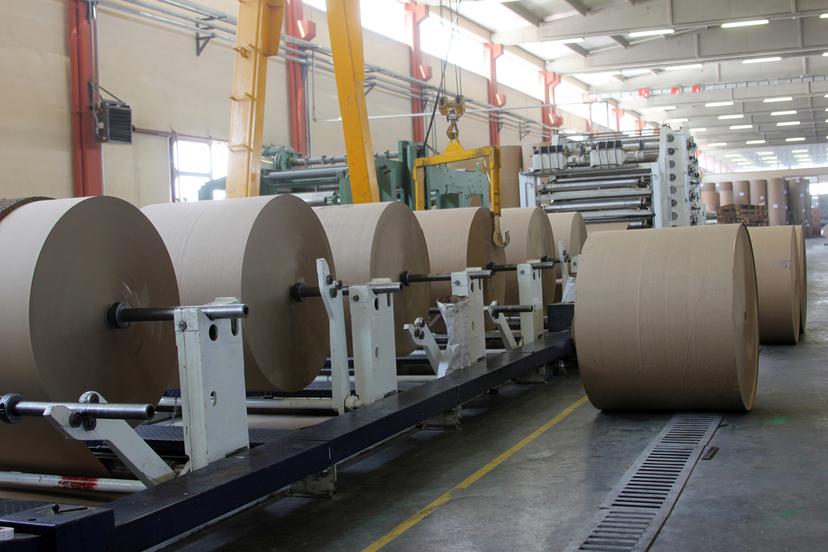Pulp and Paper

Overview
The pulp and paper industry can be divided into four main segments: pulp, recovered paper, graphic paper, and packaging. Pulp is produced from wood, and it is the cellulose fibers recovered from the tree. Pulp is the primary ingredient of most types of paper. Recovered paper is the waste or scraps leftover in the papermaking process, whether the scraps are paper or paperboard. Recovered paper can be recycled to create other types of paper. Graphic paper is the paper most people think of; it is used for writing and printing. Packaging is the paper used to create packages for products. In addition to these four segments, paper products also include paper plates, napkins, paper towels, bath and toilet tissue, and similar products.
Despite humankind's concerns about the environment—paper mills have a history of being leading polluters and deforesting the environment—and the increased usage of computers and the Internet, paper products are still everywhere in our world. From our cereal boxes to paper towels, envelopes, and bills, paper and pulp is still a large industry in the United States.
The United States paper and forest products industry's private, working forests employs about 950,000 people and manufactures nearly $300 billion in products each year, according to the American Forest and Paper Association. The U.S. pulp, paper, and paperboard mill industry employs about 92,180 people. Careful management of forest resources have helped keep the industry stable and even increased total forest area by 2 million acres in the first part of the 20th century.
According to the U.S. Department of Labor (DOL), the paper manufacturing industry in general employs more than 362,100 workers. Industry growth, however, remains flat or in decline due largely to automation and lower demand for paper as many communications media move to digital platforms. IBISWorld reported that paper mills in particular experienced industry a growth of -4.7 percent from 2015...
